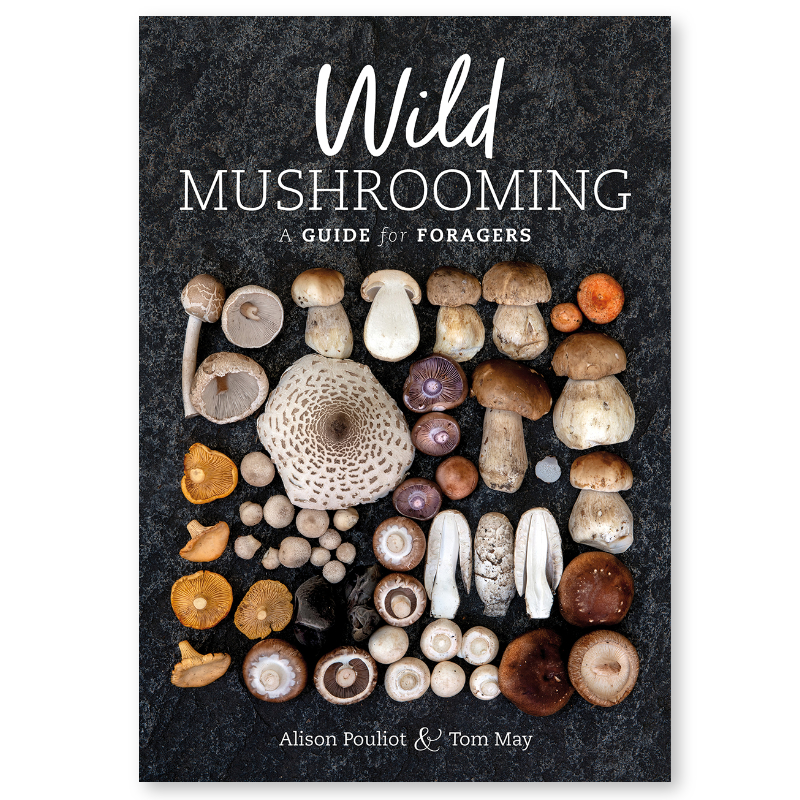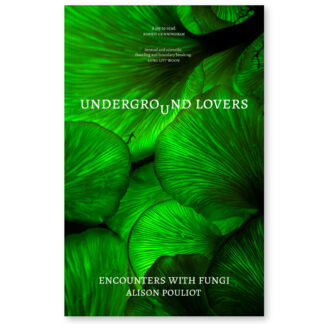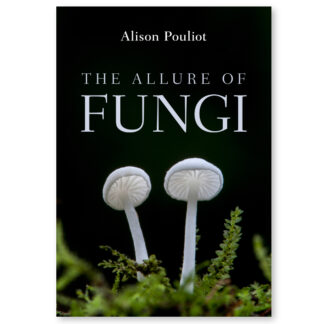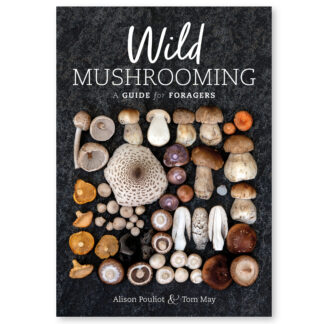Description
Find, identify, collect and prepare 10 edible fungus species using a ‘slow mushrooming’ approach.
Fungi are diverse, delicious and sometimes deadly. With interest in foraging for wild food on the rise, learning to accurately identify fungi reduces both poisoning risk to humans and harm to the environment. This extensively illustrated guide takes a ‘slow mushrooming’ approach – providing the information to correctly identify a few edible species thoroughly, rather than many superficially.
Wild Mushrooming: A Guide for Foragers contains sections on where, when and how to find fungi guide the forager in the identification of 10 edible species. Diagnostic information on toxic fungi and lookalike species helps to differentiate the desirable from the deadly. Then into the kitchen with cooking techniques and 29 recipes from a variety of cuisines that can be adapted for both foraged and cultivated fungi.
Developing the skills to find fungi requires slowness, not speed. This guide provides the necessary information for the safe collection of fungi, and is essential reading for fungus enthusiasts, ecologists, conservationists, medical professionals and anyone interested in the natural world.
Contents:
- The rise of wild mushrooming in Australia
- What fungi are
- Fungi in Australian biodiversity conservation
- Major groups of fungi
- Features of fungi
- Names and identification
- Finding fungi
- Poisonous fungi
- Edible fungi and their lookalikes
- Fungi in the kitchen and on the table
Glossary
Further reading and resources
Index
Shortlisted: 2022 Australian Book Industry Awards: Small Publishers’ Adult Book of the Year
Longlisted: 2022 Indie Book Awards: Illustrated Nonfiction
Reviews
“This is an invaluable reference for mushroom foragers, combining scientific and cultural knowledge with exquisite photographs to encourage a new way of looking at fungi in Australia.” – Gardening Australia, April 2021
“Not only do we get stunning images focused on the details required for aiding identification, plus detailed information on the chosen ten edibles, but more importantly we also get a variety of images and information on their commonly mistaken and poisonous lookalikes, which is fantastic.” – Paul Vallier, 13 February 2021
“A marvellous new book, a work of art.” – Robyn Williams, The Science Show, ABC Radio National
“It is a book I have dipped into several times while trying to identify some of the many Agaricus species that grow in my area. I will continue to use it as I try some of the recipes, and as a beautiful resource in training new amateur field mycologists.” – Frances Guard, Australasian Systematic Botany Society Newsletter, June 2021
“If you want to enjoy foraging (and cooking) this book will educate you to identify desirable species. Central to the philosophy of this book is that building comprehensive knowledge reduces both poisoning risk and environmental harm.” – Geoff Lay, Growing Australian #256, June 2021
“Combining scientific and cultural knowledge with stunning photography, I wouldn’t go mushroom picking without this at hand.” – Grass Roots #264, April-May 2021
Product details
Published 2021
CSIRO Publishing
Paperback, 310 pages, full colour photographs throughout.
ISBN: 9781486311736
ABOUT THE AUTHORS
Alison Pouliot is an ecologist and environmental photographer with a focus on fungi. She is active in Australian and international fungal conservation and her writing and images appear in both academic and popular literature. Alison’s fungus forays, which she conducts across both hemispheres, attract a range of people from foragers and philosophers to rangers and traditional owners. Her recent book The Allure of Fungi poses fundamental questions about human-fungus liaisons. https://alisonpouliot.com/
Tom May is a mycologist who has spent more than four decades getting to know Australian fungi. He has published widely on fungal taxonomy, ecology and conservation in scientific and popular literature, including checklists of Australian fungi and a key to genera of Australian mushrooms (FunKey). He is active in international mycological groups such as the Nomenclature Committee for Fungi and in community natural history organisations, founding Fungimap in 1995. He was awarded the Australian Natural History Medallion in 2014. https://fungimap.org.au/




Reviews
There are no reviews yet.